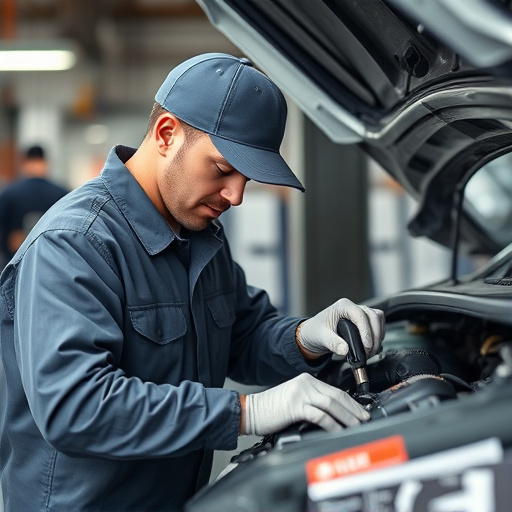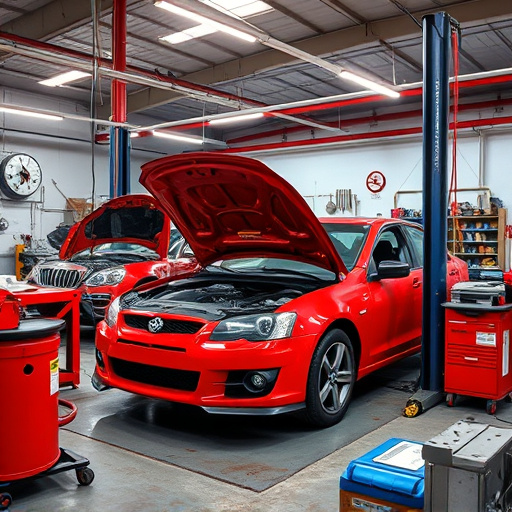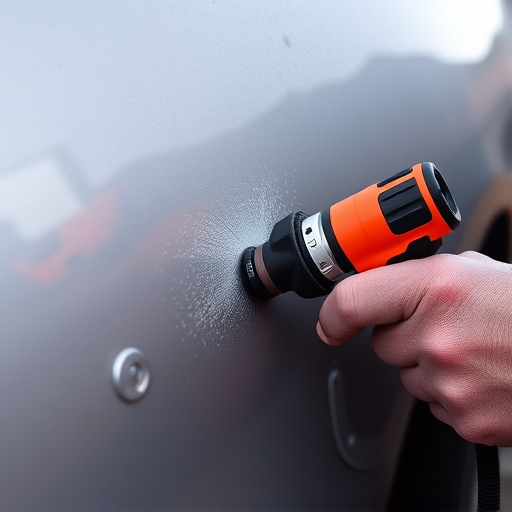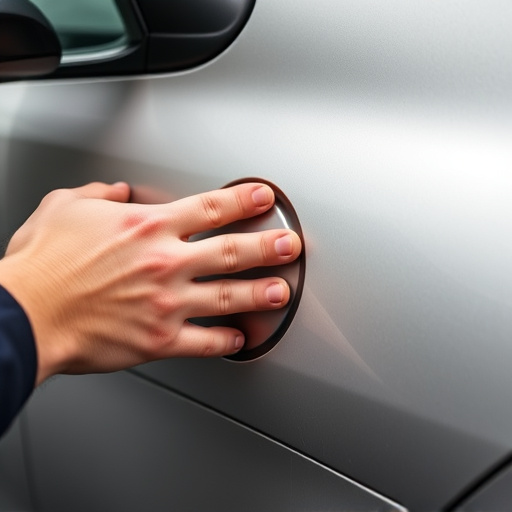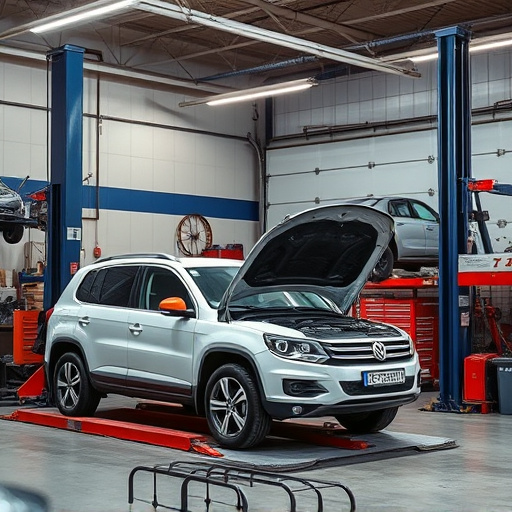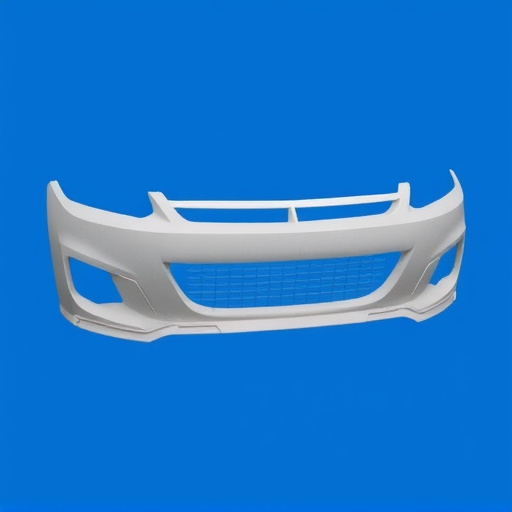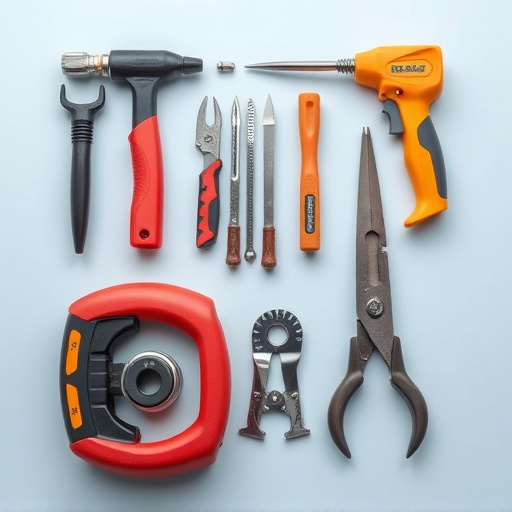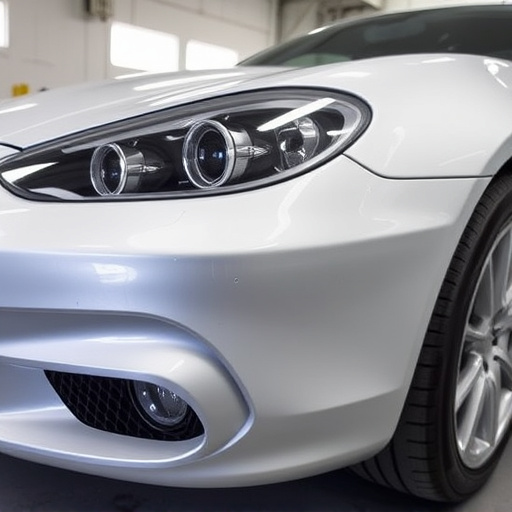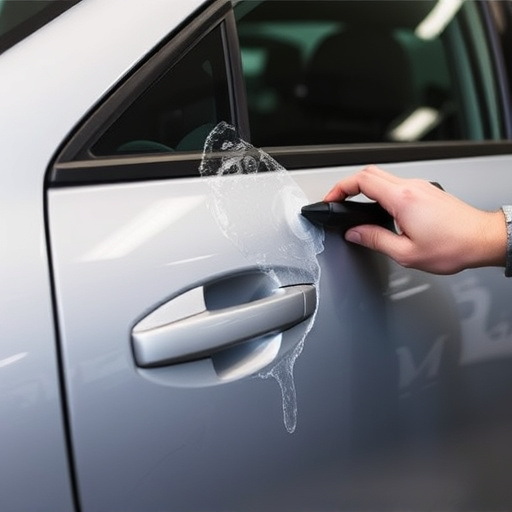Full panel replacement is a specialized auto body service that involves completely exchanging damaged exterior body panels while maintaining structural integrity, aesthetic appeal, and weather resistance. The key to successful repairs lies in selecting appropriate adhesives and sealants, application techniques, and following best practices. Using automotive-specific products with advanced polymers ensures strong bonds, longevity, and a seamless finish, restoring vehicles to their pre-incident condition.
Adhesives and sealants play a critical role in successful full panel replacement work, ensuring structural integrity and longevity. This comprehensive guide delves into the intricacies of this process, highlighting the unique adhesion demands and the importance of selecting the right products. We explore best practices for application, offering insights to achieve optimal performance and durability. Whether you’re a professional or DIY enthusiast, understanding these aspects is key to mastering full panel replacement techniques.
- Understanding Full Panel Replacement and Its Adhesion Demands
- Choosing the Right Adhesives and Sealants for Optimal Performance
- Application Techniques and Best Practices for Longevity
Understanding Full Panel Replacement and Its Adhesion Demands
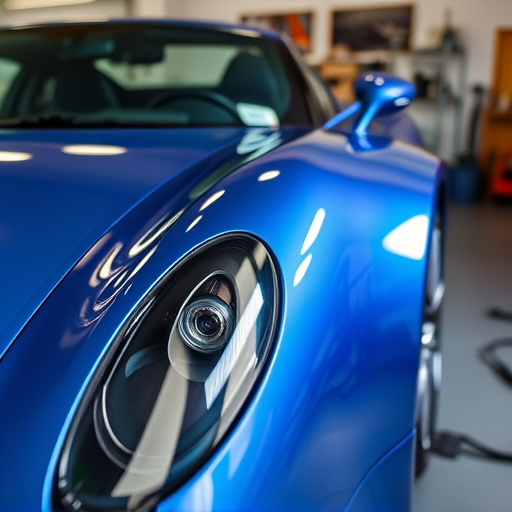
Full panel replacement is a specialized process within collision repair services that involves the complete exchange of a vehicle’s exterior body panels, often due to damage from accidents or other impacts. This intricate procedure demands precision and expertise to ensure seamless integration of the replaced panels with the existing car bodywork. The challenge lies in achieving strong adhesion between these new and old components, which is crucial for structural integrity and aesthetic appeal.
In this scenario, understanding the unique adhesion requirements becomes paramount. Adhesives and sealants play a pivotal role in securing the newly installed panels, filling gaps, and resisting environmental factors such as water intrusion—a key aspect of paintless dent repair techniques. Choosing the right products that meet these stringent demands ensures the longevity and quality of collision repair services, ultimately restoring vehicles to their pre-incident condition.
Choosing the Right Adhesives and Sealants for Optimal Performance
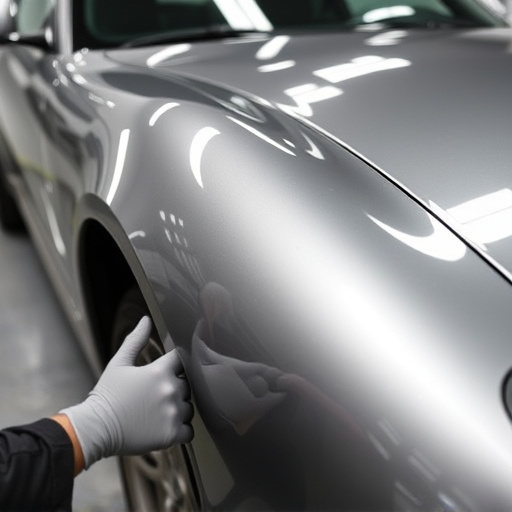
When undertaking full panel replacement work, selecting the appropriate adhesives and sealants is paramount to achieving optimal performance and longevity in auto body services or auto body restoration projects. The right choice ensures structural integrity, weather resistance, and aesthetics for a seamless finish. Key factors to consider include the type of material being bonded (e.g., metal, composite), environmental conditions, and desired durability.
For automotive repair professionals, understanding the chemical composition, cure times, and compatibility with various surfaces is essential. Modern adhesives often incorporate advanced technologies, such as high-performance polymers and specialized additives, to enhance bonding strength and flexibility. This ensures that the replacement panels remain secure, even under extreme conditions, ensuring the safety and reliability of the vehicle during its lifetime.
Application Techniques and Best Practices for Longevity
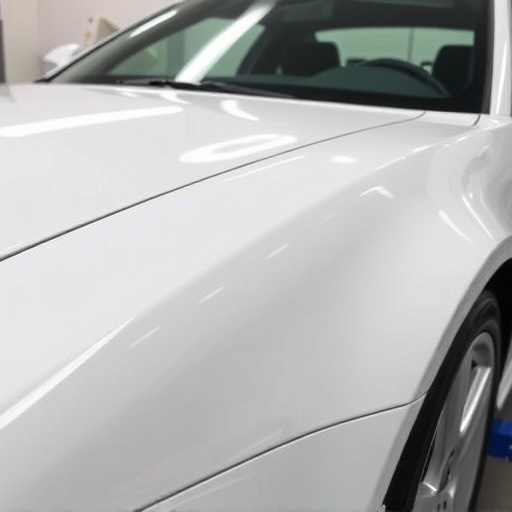
When performing full panel replacement work, proper application techniques and best practices are paramount to ensure longevity of the repairs. For instance, using adhesives and sealants specifically designed for automotive applications is crucial. These products offer superior strength and resistance to environmental factors like UV rays and extreme temperatures.
Adherence to manufacturer guidelines for surface preparation is essential before applying any adhesive or sealant. This includes thoroughly cleaning and decontaminating the panel area, removing any debris or contaminants that could interfere with bonding. Additionally, proper application techniques, such as using the correct amount of material and ensuring even distribution, contribute significantly to the overall durability of the repair. In car collision repair or car scratch repair scenarios, adhering to these best practices ensures not only a strong bond but also long-lasting results for car bodywork services.
Full panel replacement work demands precise adhesion and sealing for long-lasting results. By choosing the right adhesives and sealants, and applying them with best practices, you can ensure structural integrity and aesthetic appeal in automotive repairs. Understanding these crucial components and their application techniques is key to successful full panel replacement, revolutionizing the way we address car body damage.

